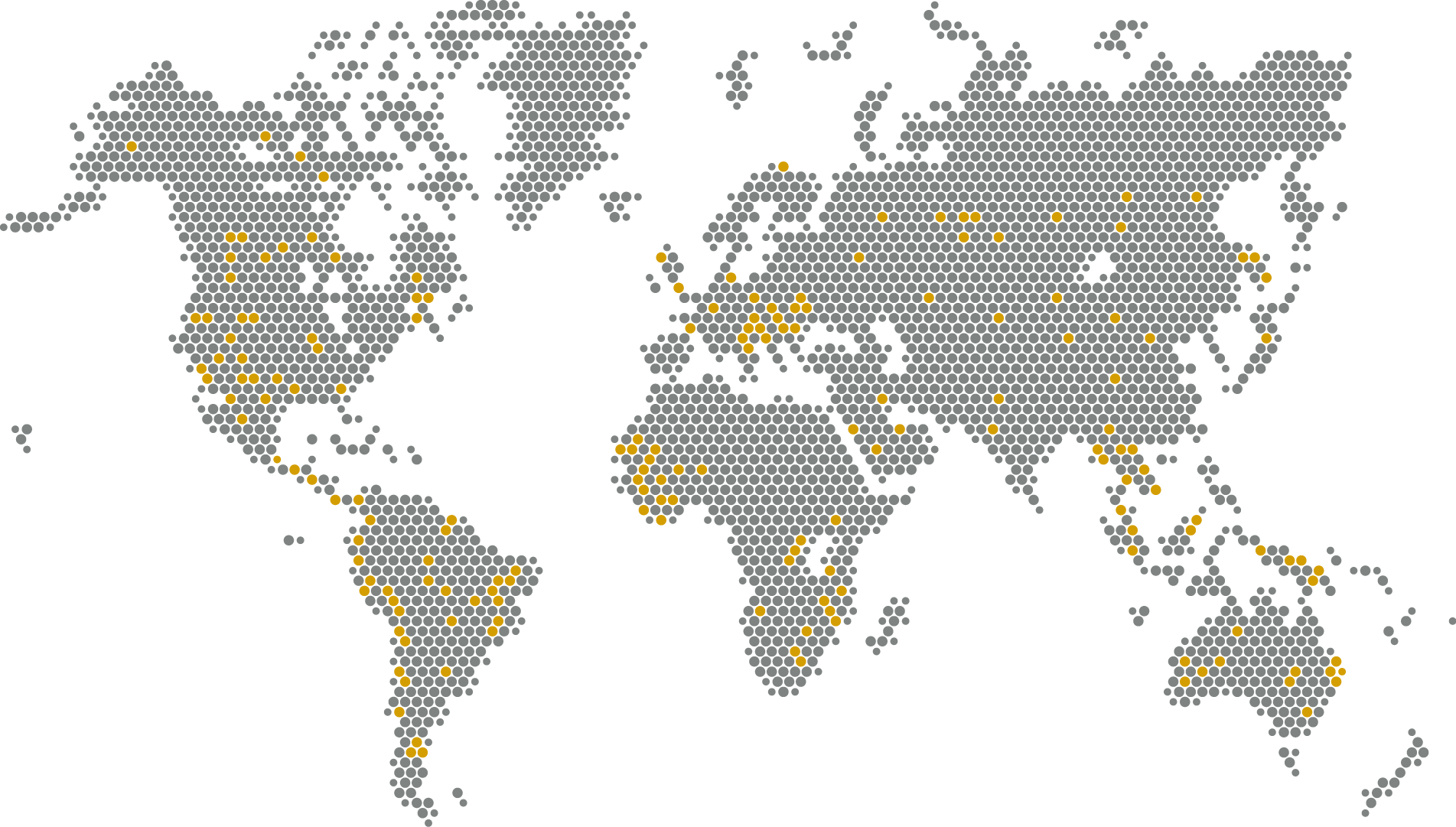International Cyanide Management Code For the Manufacture, Transport, and Use of Cyanide In the Production of Gold
The Cyanide Code program is supported by a variety of documents used in implementing and administering the program.
Over 200 companies are currently signatory to the Cyanide Code, including mining companies, cyanide producers, and cyanide transporters.
Discover the companies and their operations that are actively participating in and committed to the principles of the Cyanide Code.
The Cyanide Code is amongst the most established certification programs in the mining sector. This voluntary industry program is focused on the safe management of cyanide by companies producing gold and/or silver and by companies producing and transporting cyanide.
Over 225 companies are signatories to the Cyanide Code


Companies and operations participating in the Cyanide Code


The Cyanide Code program is supported by a variety of documents used in implementing and administering the program, including documents for becoming a Signatory, becoming an auditor, and documents used for auditing, such as Verification Protocols and related Guidance documents.
The Cyanide Code is intended to promote and help ensure the safe and environmentally responsible management of cyanide used within the gold and silver mining industries. Operations are assessed for compliance triennially by qualified, independent auditors.
Participation in the Cyanide Code program represents a public commitment to the safe management of cyanide, and the protection of workers, the environment, and communities.